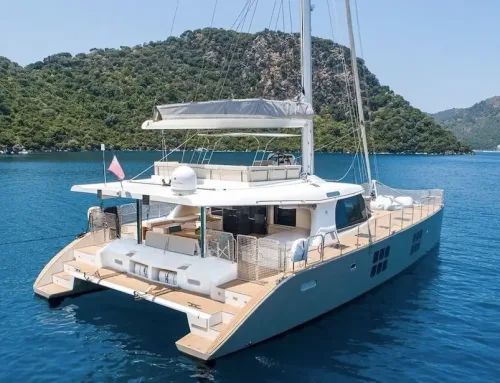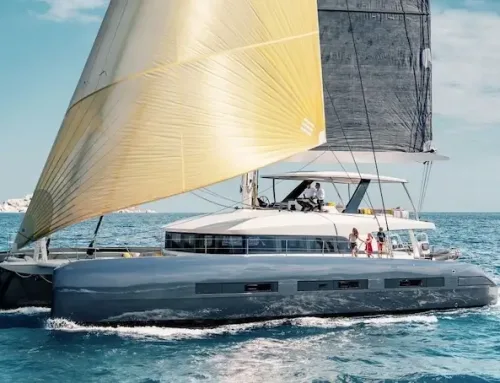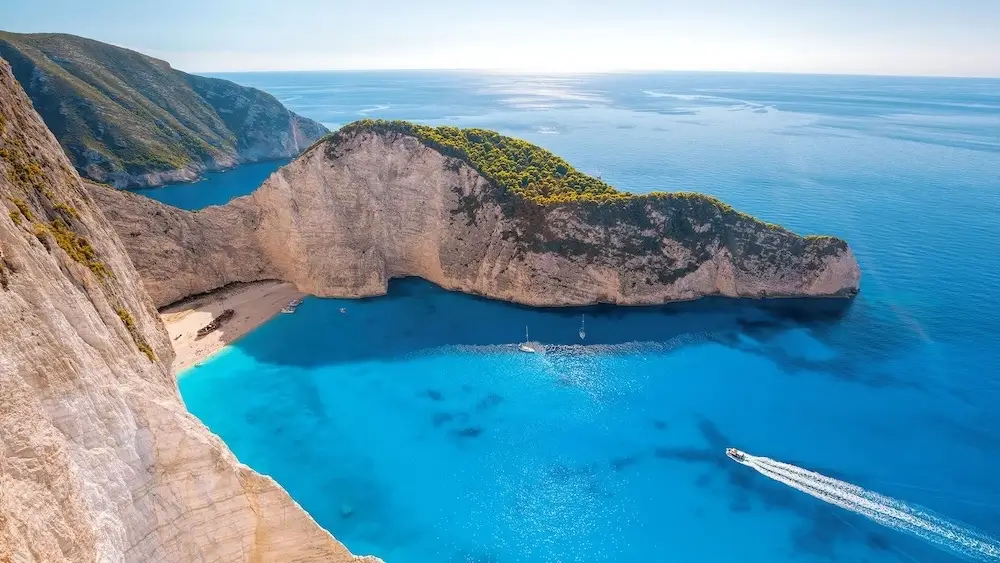
Sailing Differences Between South and North Ionian Islands
Situated between Greece and Italy, the Ionian Sea is a sailing haven renowned for its glistening waters, verdant surroundings, and an abundance of islands, each possessing a distinct allure and personality. Particularly when contrasting the southern and northern sections of the Ionian Islands, sailing in the Ionian Sea offers a wide variety of experiences. This article explores the sailing distinctions between these two areas, emphasising the unique qualities of each and outlining what boaters can anticipate from a rent a sailboat in Greece.
The Difference between Climate and Geography
The North Ionian Islands: A Serene Sanctuary
The emerald waters, verdant foliage, and tranquil atmosphere of the North Ionian Islands—which include Corfu, Paxos, and Antipaxos—are well-known. This location is great for leisurely sailing, especially for individuals who are relatively new to sailing, because of the pleasant climate and gentle winds. The area offers a mix of leisure and discovery and is renowned for its rich history, Venetian architecture, and dynamic local cultures.
The untainted paradise of the South Ionian Islands
Islands to the south, such as Lefkada, Kefalonia, Ithaca, and Zakynthos, have some of Greece’s most breathtaking beaches, striking mountainous scenery, and undiscovered coves just waiting to be discovered. With stronger winds and an array of exciting and challenging sailing itineraries, the sailing conditions in the south are often better for seasoned sailors.
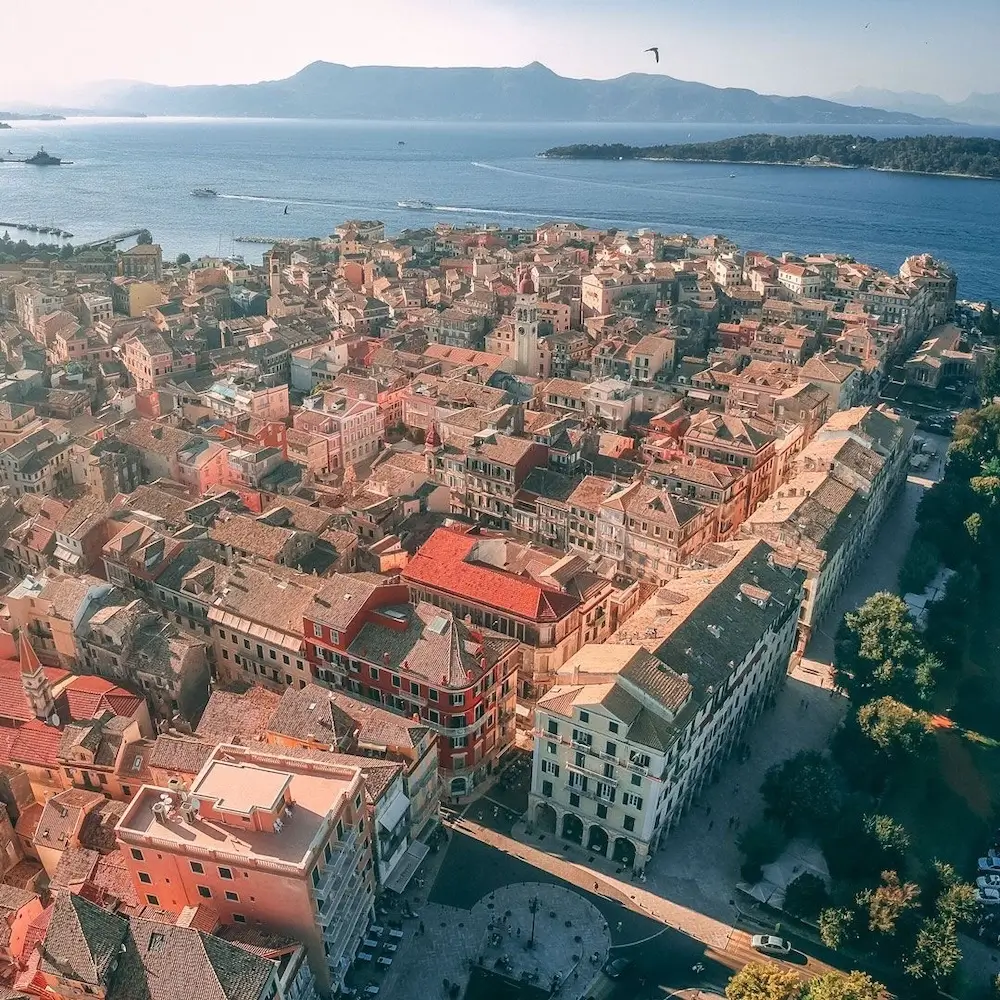
South And North Ionian Islands 1
Conditions and Difficulties for Sailing
Patterns of Wind
The Ionian Sea is a favourite destination for sailors due to its consistent and advantageous wind conditions. On the other hand, the north experiences the Maistro, a northwesterly breeze that is common during the summer and provides calm sailing conditions. On the other hand, greater winds are sometimes experienced in the southern Ionian, especially in the late summer, which offers thrilling conditions for thrill-seekers on the high waves.
Orientation and Anchoring
Sailors can easily moor and anchor in the North Ionian because to the abundance of safe harbours, marinas, and protected bays available. It’s an excellent option for family sailing vacations or anyone searching for a laid-back sailing experience because of its accessibility. Even while the South Ionian has a variety of mooring possibilities, it has more remote locations that may be trickier to traverse but give sailors unmatched seclusion and scenic vistas.
Highlights of Culture and Scenography
The North’s Historical Allure
The UNESCO World Heritage site of Corfu’s Old Town, with its winding lanes, fortified castles, and old ruins bearing witness to the island’s Venetian, French, and British influences, is only one example of the North Ionian Islands’ rich historical legacy. Discovering these islands’ surrounding waters in luxury on a catamaran charter makes it simple to reach both well-known and lesser-known historical monuments.
The South’s Natural Wonders
From the captivating blue caves of Zakynthos to the beautiful Myrtos Beach in Kefalonia, the South Ionian region is home to some of Greece’s most breathtaking natural phenomena. Seeing these marvels up close is possible when sailing in the southern region, and the experience is made even more magical by the fact that it is frequently done in solitude.
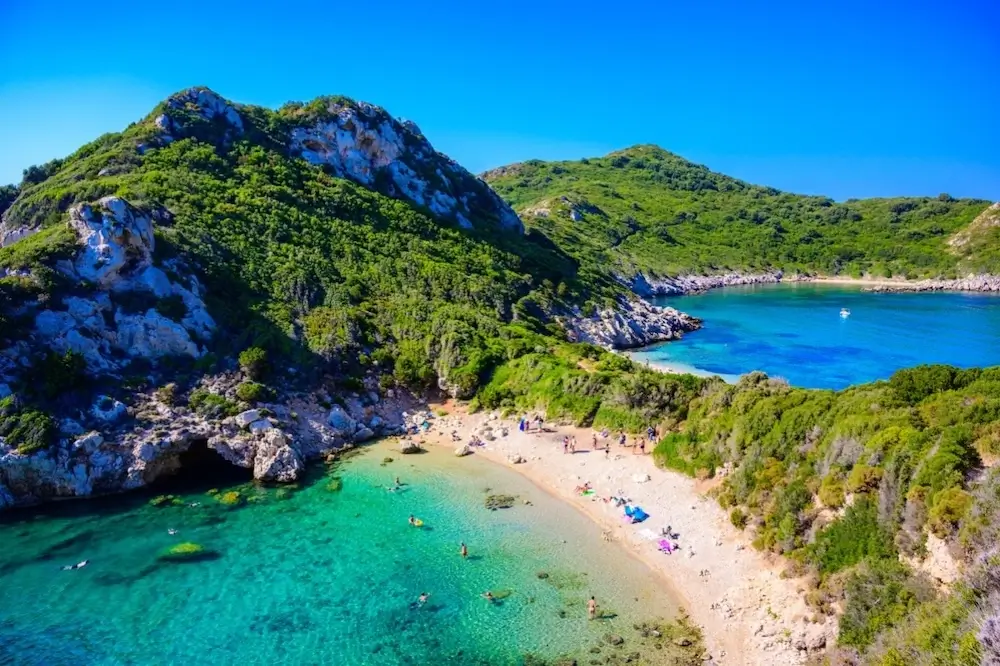
South And North Ionian Islands 2
The Ionian Sea’s Top Islands to Visit
Which islands are the best to visit depends on your sailing style. While Kefalonia and Zakynthos in the south are must-visits for nature lovers and those wishing to rent a yacht in the Greek islands for a more adventurous route, Corfu and Paxos in the north provide a blend of cultural experiences and visual splendour.
Is the Ionian Sea superior to the Aegean?
“Better” is a relative term; the Aegean offers stronger winds and a dramatic, picturesque archipelago that is best suited for seasoned sailors, while the Ionian Sea is well known for its tranquil waters and lush scenery.
Which Ionian Sea islands are the greatest places to visit?
Top choices include Corfu, Kefalonia, Zakynthos, and Lefkada; each has its own special features, ranging from breathtaking beaches to historic ruins.
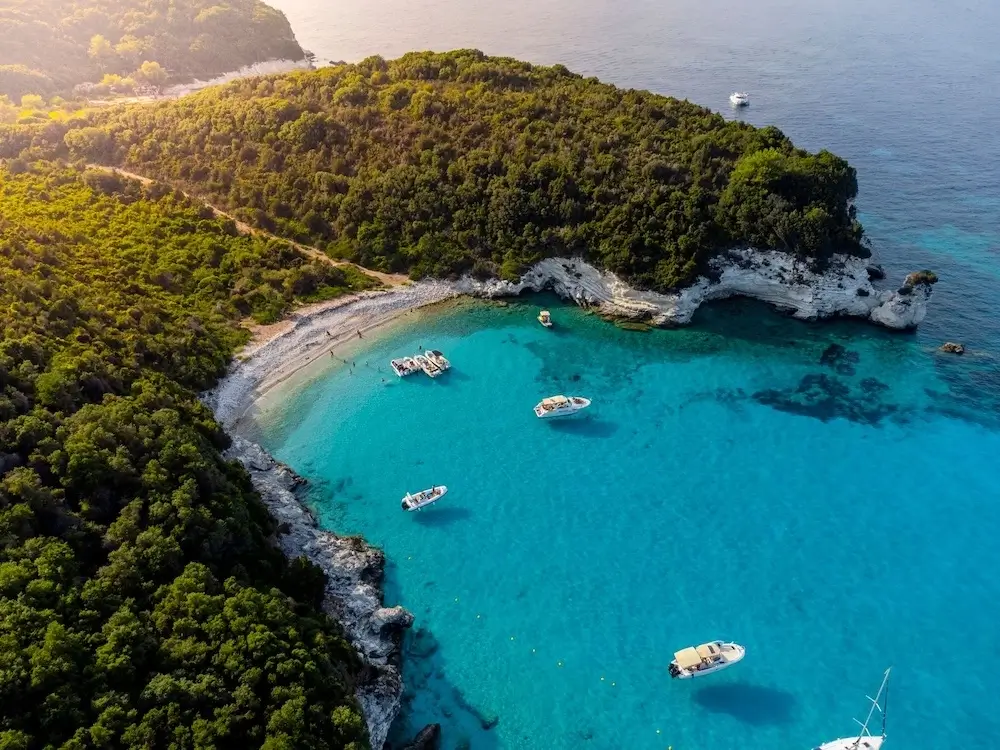
South And North Ionian Islands 8
How windy is the Ionian Sea?
The Ionian Sea is perfect for sailing since it has steady breezes, especially the Maistro wind in the summer. Sailing can be more exciting and challenging in the south due to the possibility of heavier winds.
The Ionian Sea is blue; why is that?
The deep blue colour of the Ionian Sea is a result of its depth, transparency, and the seabed’s limestone composition, which reflects sunlight to produce striking turquoise tones.
Discovering the beauty of the Ionian Sea from a catamaran charter in the Greek Islands is a once-in-a-lifetime experience. Sail through one of Greece’s most stunning locations on a memorable voyage with the Ionian Islands, whether you’re drawn to the serene beauty of the north or the adventurous allure of the south.
Whether you’re thinking about taking a catamaran charter in the Greek islands or rent a sailboat in Greece, organising your perfect Greek sailing vacation requires a grasp of the subtle variations between these areas.
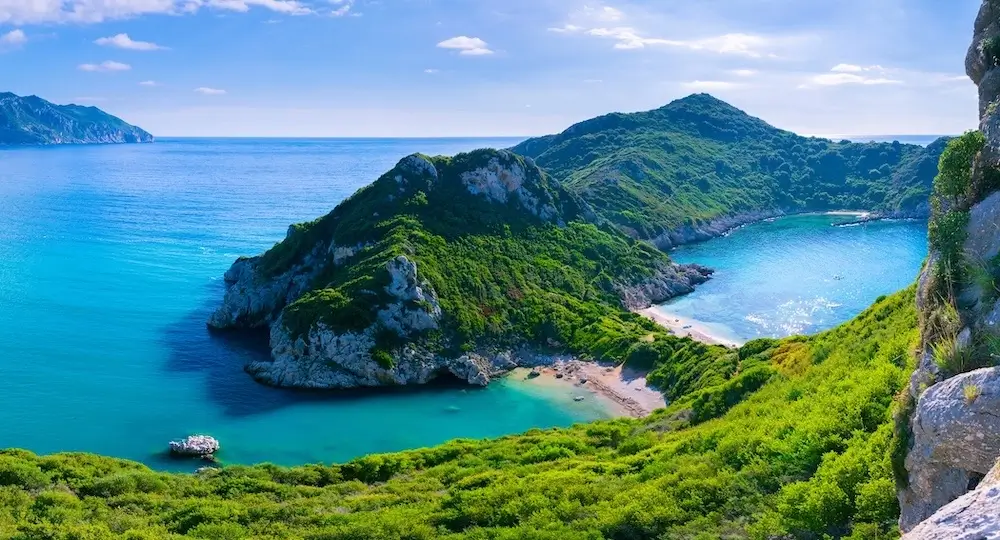
South And North Ionian Islands 3
Finding Your Way Around and Visiting Islands
How to Make Your Way in the Northern Ionian
With its more tranquil seas and steady winds, the Northern Ionian Sea is especially well-suited for leisurely sailing and family outings. Leaving from Corfu, a typical sailing route would take you through the historic splendour of Corfu Town and onto the smaller, more tranquil islands of Paxos and Antipaxos, which are renowned for their olive orchards, crystal-clear waters, and secret coves. For individuals who want to combine modest sailing distances with in-depth cultural research and relaxing beach time, this region’s sailing routes are perfect.
Exploring the Southern Ionian Region
Conversely, the Southern Ionian presents more difficult sailing routes that provide spectacular natural beauty and less congested anchorages to the daring sailor. From Lefkada, you may travel to Kefalonia’s breathtaking coastline, explore Zakynthos’ mysterious caves, or take in Ithaca’s pristine splendour. These routes, which frequently include longer sailing distances, offer the ideal environment for sailors seeking to harness the stronger southern winds for an exciting sailing adventure.
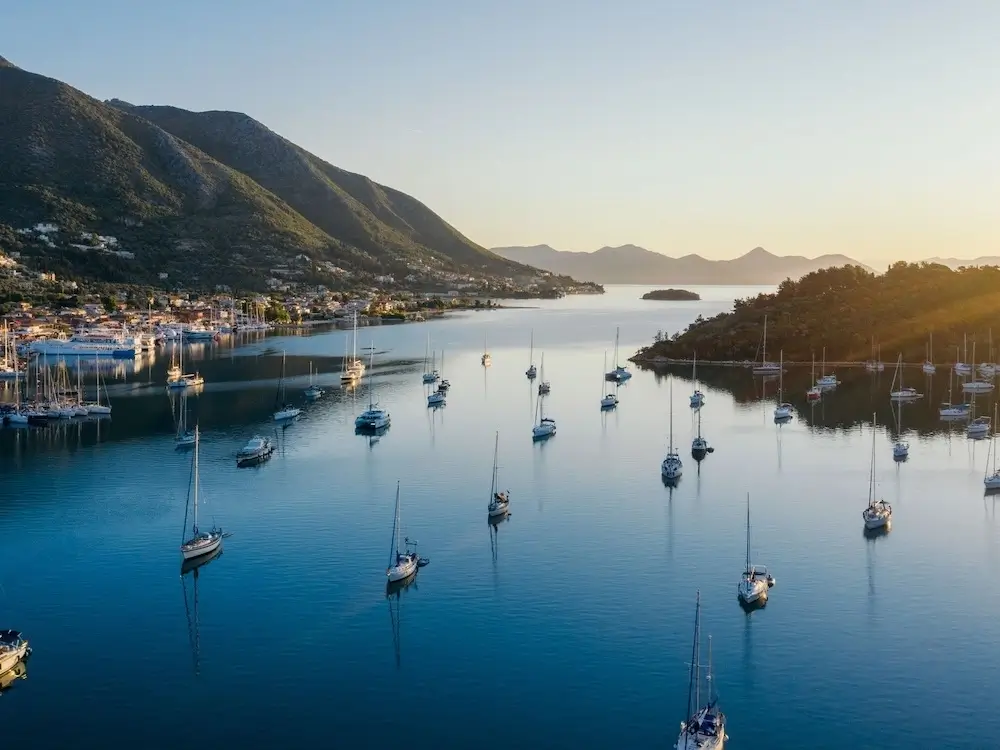
South And North Ionian Islands 7
Immersion in Culture and Place-Based Learning
The North’s Venetian Influence
The North Ionian Islands provide witness to the diverse range of cultures that have shaped these coasts, with the Venetians being one of the most prominent examples. For instance, Corfu’s unique dialect, food, and architecture are all influenced by Venetian culture. A unique chance to fully immerse oneself in this fusion of cultures is presented by sailing in the north, where you can explore old fortresses, indulge in Italian-inspired cuisine, and take part in regional celebrations honouring this historical legacy.
The South’s Natural Splendour
The South Ionian Islands have cultural attractions as well, but their natural beauty is what really shines. Discovering the physical landscape is intrinsic to sailing here, ranging from the sheer cliffs of Kefalonia’s Myrtos Beach to the dreamy blue waves of Zakynthos’ Navagio Beach. The south offers chances for snorkelling, trekking, and cave exploration that are rarely seen elsewhere, making it the perfect destination for individuals who enjoy the outdoors and want to experience the untainted beauty of the Greek islands.
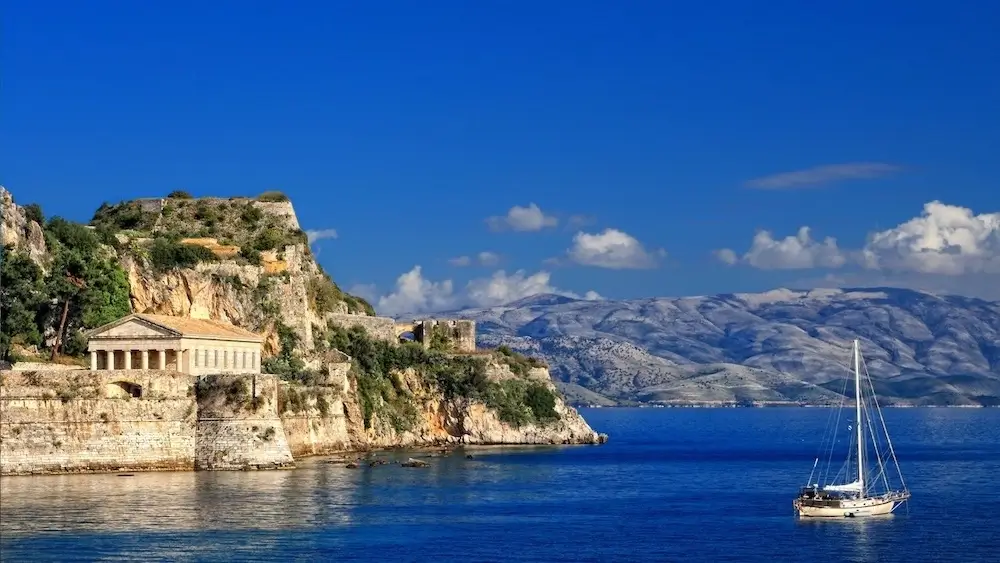
South And North Ionian Islands 4
Crucial Advice for Mariners
Selecting the Appropriate Season
Even though the Ionian Sea offers excellent sailing conditions, the season you choose might have a big impact on your trip. Peak season is in July and August, when there is a lot going on, including a lively nightlife, busy harbours, and more crowded sailing routes. For those seeking a more laid-back sailing experience, the shoulder seasons—late spring and early autumn—offer milder weather and less crowds.
Security and Direction
Safety should always come first, whether you’re riding the quiet North Sea or enjoying the warm South Atlantic winds. Make sure your boat has all the safety gear it needs, become familiar with the sailing conditions in the area, and always have a plan for safe anchorages and marinas.
Upon further examination of the Ionian Sea’s offers, it becomes evident that this region has much to offer sailors of all skill levels, regardless of their preference for the serene and culturally diverse North Ionian Islands or the thrilling sailing and breathtaking natural scenery of the South.
We’ve now covered the major distinctions between the South and North Ionian Islands, and it’s clear that each location has its own special mix of sights, sounds, and cultural gems. Sailing in the Ionian Islands is an adventure through a paradise that appeals to sailors of all skill levels and tastes, from the serene waters of the North to the daring waves of the South.
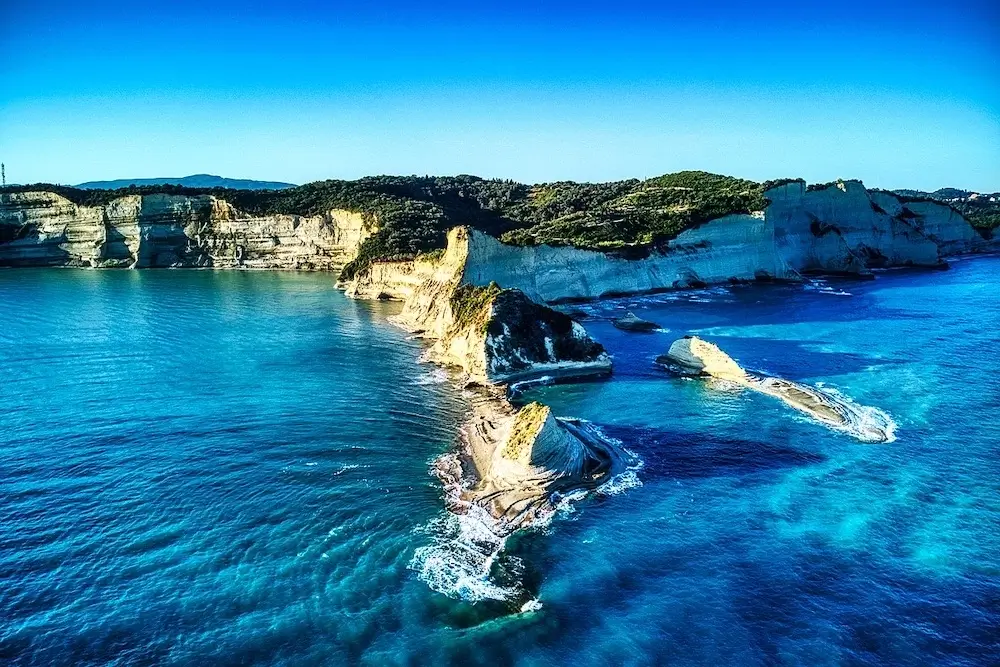
South And North Ionian Islands 5
Last Words on Your Ionian Sailing Experience
Accept Local Customs and Culture
Sail on the North or South Ionian Islands; either way, becoming involved in the local way of life and customs enhances the sailing experience. Participate in regional celebrations, sample customary cuisine, and converse with island residents. The Ionian Islands are renowned for their kind hospitality, and getting to know a people is the best way to learn about a country.
Awareness of the Environment
One of the Ionian Sea’s greatest treasures is its unspoiled beauty. It is our duty as sailors to keep these waters safe for upcoming generations. Reduce your waste, show consideration for marine life, and sail sustainably by following eco-friendly guidelines. Recall that we are visitors to these breathtakingly beautiful natural settings.
What’s Beyond the Horizon Holds Adventure
Undoubtedly stunning are well-known locations like Kefalonia’s Myrtos Beach and Zakynthos’ Blue Caves, but the Ionian Sea is littered with innumerable undiscovered jewels just waiting to be found. Take advantage of your catamaran charter in the Greek islands to discover hidden coves, unspoiled beaches, and charming villages off the usual route. The spirit and essence of the Ionian Islands can be found in these locations.
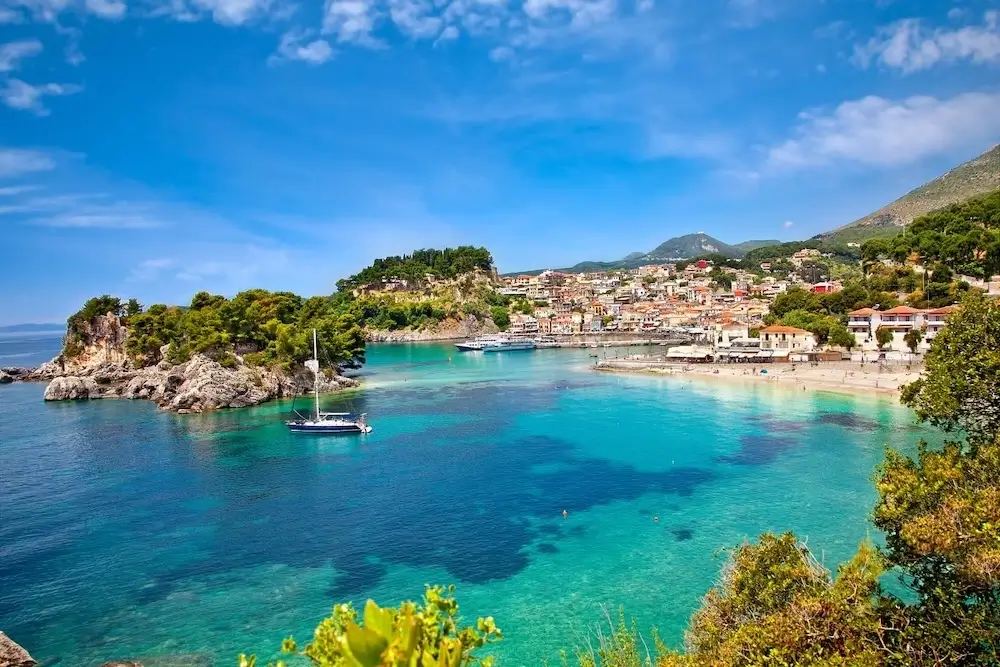
South And North Ionian Islands 6
Security and Readiness
Because of its general forgiving nature, sailors of all skill levels love the Ionian Sea. But never undervalue the significance of readiness and safety. Make sure your boat is properly maintained, keep a frequent eye on the weather, and always have a backup plan. A successful voyage is one that is safe.
Setting out on a sailing voyage across the Ionian Sea is a voyage into a world of richer history, lusher scenery, and more brilliant blues. Every sail uncovers tales as old as the sea itself, whether you’re drawn to the peaceful beauty of the North Ionian Islands or the daring appeal of the South. Every heart finds a home in the Ionian Sea, therefore always keep in mind that the best adventures are the ones that speak to your heart.


